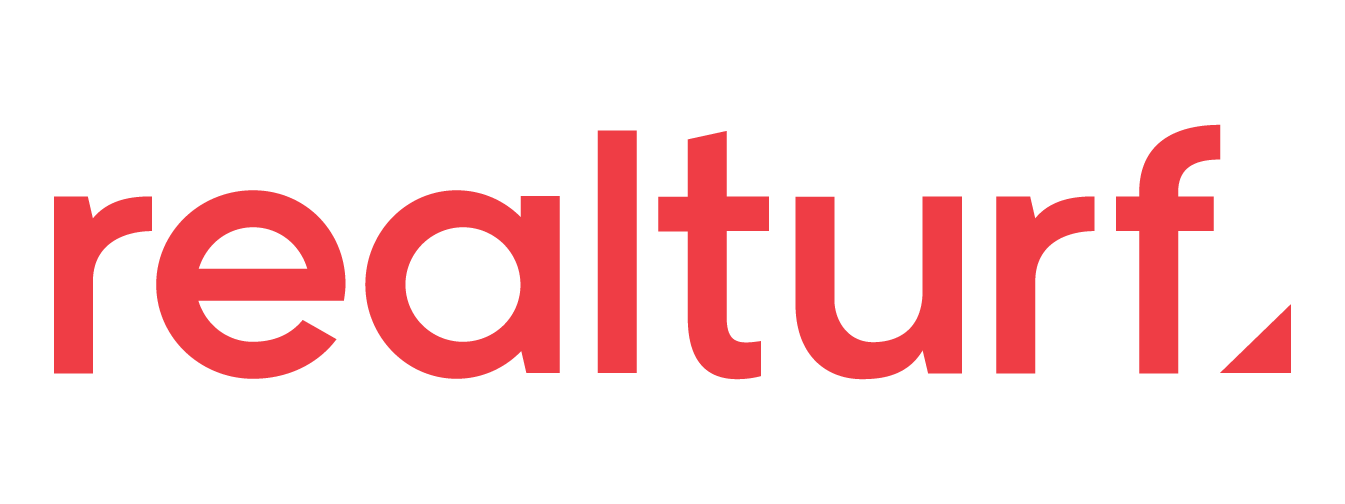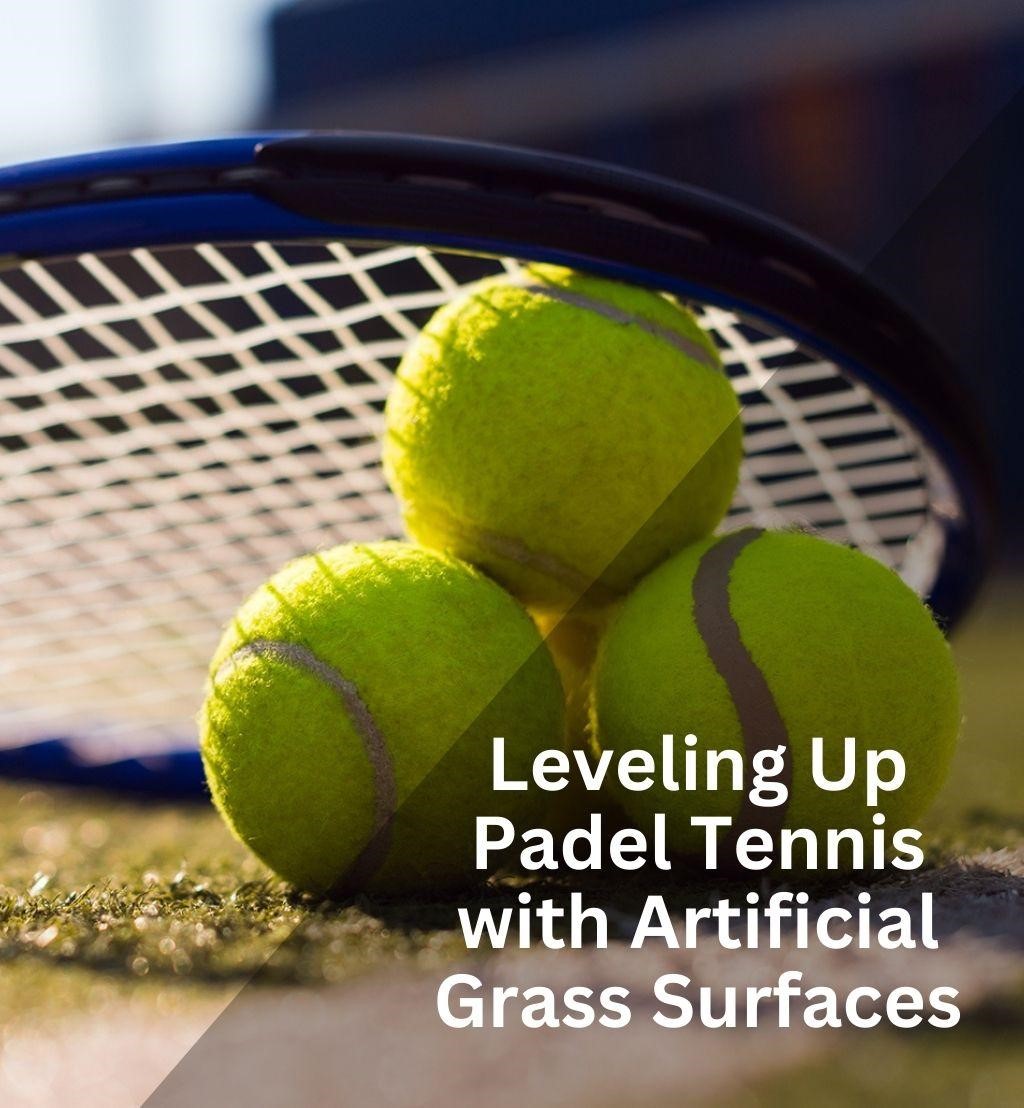Artificial Grass for Padel vs Natural Grass and Concrete
One reason padel tennis is skyrocketing in popularity is because it’s just so much fun! The speedy volleys, crisp strategizing, and all-around excitement make for addictive play.
But those quick starts and stops, sharp cuts,and dives common in padel take a major toll on court surfaces over time. Materials unsuited for these demands break down – becoming uneven, abrasive, and even dangerous.
You need a resilient surface made for this fast-paced court. And as many owners and managers are discovering, this has turned out to be artificial grass synthetic surface for padel tennis courts.
Natural Grass Has Too Many Drawbacks
It’s hard enough to maintain artificial grass in your average backyard. For a dynamic sport like padel? It’s disaster for both players and club owners:
- Bounce Gone Bad: Grass courts wear easily, leading to unpredictable bounces that confuse players and ruin games.
- Slip & Slide, Not Smash & Serve: Grass is extremely slippery when wet and even the lightest rain can turn it into a mud pit. Picture players losing their footing on a muddy patch during a key volley – it’s a safety and playability nightmare.
- Beauty Fades Fast: Keeping grass alive requires constant watering, reseeding, and patching, draining resources and limiting court availability. Forget sustainability, it’s a constant battle.
- Maintenance Monster: Mowing, watering, fertilizing… the list goes on. Natural grass demands constant care, becoming a burden on resources and finances.
In short, while natural grass has its charm, its performance limitations, safety concerns, and demanding maintenance make it a subpar choice for Houston padel courts.
Asphalt and Concrete Courts Don’t Cut It Either
This hardscape option solves some issues with natural grass but creates its own headaches by being:
- Joint-Jarring Impact: Every jump and lunge translates to harsh impacts on hard surfaces. This not only leads to rapid fatigue, but also increases the risk of joint pain and injuries, especially for beginners or players with pre-existing conditions.
- Erratic Bounces: Concrete and asphalt’s unforgiving hardness creates unpredictable bounces, preventing consistent rallies.
- Cracks & Crumbles: While initially cheaper than natural grass, concrete and asphalt require regular maintenance to address cracks and unevenness. This ongoing cost can negate any initial savings while seriously compromising playability and safety.
- Sunbaked Outdoor Courts: Concrete and asphalt readily absorb and radiate heat, turning outdoor padel into a sweltering ordeal, potentially even dangerous in extreme temperatures.
- Noisy Play Area: The hard surfaces create a noisy environment with every ball strike and player movement echoing loud and clear. This disrupts gameplay focus and can also disturb surrounding communities, creating unwanted noise pollution.
- Limited Versatility: Unlike synthetic turf, concrete and asphalt are not easily adaptable for multi-sport use. This restricts potential revenue streams from hosting other sports like futsal or basketball, limiting the overall value of the court.
Artificial Grass Is the Ultimate Padel Court Surface
Realturf’s artificial turf for padel is meticulously engineered to deliver the ultimate in padel ball court performance:
- Faster Reaction Times: The smooth surface of artificial grass allows for quicker footwork and sharper turning, enabling players to react faster to their opponents’ shots and improve their overall agility.
- Optimal Grip: Realturf padel grass offers a balanced level of grip and slide, enabling players to confidently execute quick movements and powerful shots without losing control.
- Consistent Bounce: Artificial grass provides a uniform playing surface, ensuring a predictable and consistent ball bounce, regardless of weather conditions or location on the court. This allows players to focus on strategy and skill, not adapting to uneven bounces.
- All-Weather Play: Unlike natural grass, which suffers from wear and tear due to weather conditions, outdoor artificial grass courts are resistant to rain, sun, and extreme temperatures. This allows for year-round play, maximizing court availability, and revenue for clubs and facilities.
- Reduced Injury Risk: The cushioned surface of artificial grass absorbs impact, reducing the risk of joint injuries and fatigue, especially during quick movements and falls. This promotes safer padel gameplay for players of all levels.
- Minimal Maintenance: Over time, the savings you get with artificial turf for padel will offset the initial investment. No need to spend on mowing, fertilizing, and seasonal maintenance for your padel court. Reduce your water and chemical treatment expenses, as well as manpower costs spent on landscaping.
Book a Free Consultation
Finally, our collection of artificial grass for padel complies with the Spanish Padel Federation. We’re also official sponsors of the US Padel Association– trust us to understand the unique requirements of padel tennis facilities.
If you’re interested in synthetic turf for your padel facility, please send us a message or call 773-517-7798 today. A member of the Realturf USA will be with you shortly to discuss your needs, answer your questions, and provide a free quote for your project.

